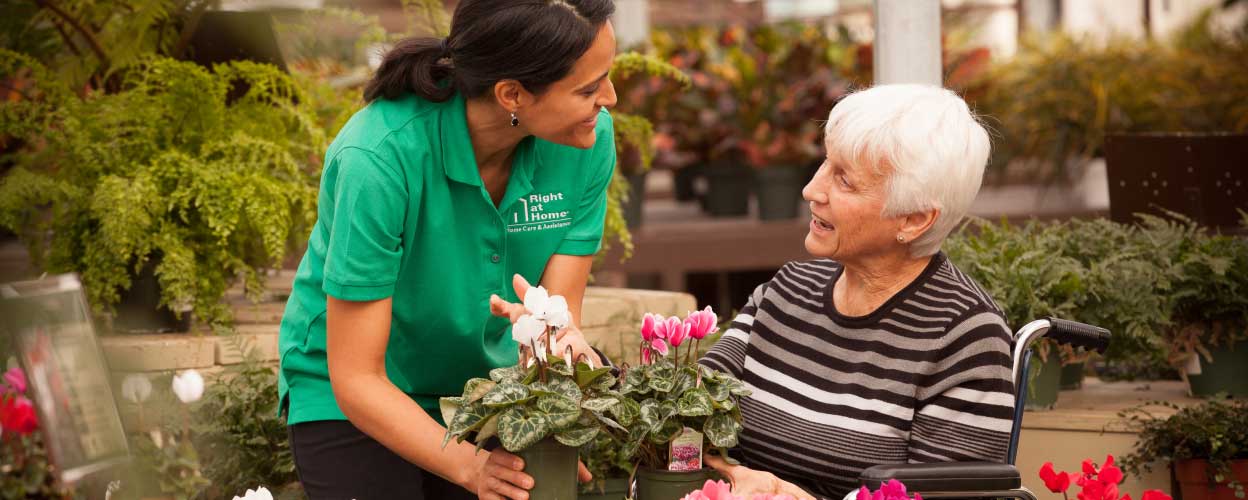

Caregivers and Functional Mobility for Loved Ones
When you are a caregiver and need to physically move your loved one from area to area, it can take a physical toll on you. Keeping your family member safe when moving is an essential concern for caregivers.
Why Mobility Device’s
Mobility devices for the home can be rented or purchased through medical equipment providers. Some of these devices are covered by insurance. When mobility devices are installed or used correctly, it can help to decrease the physical demands on you as a caregiver.
Mobility devices can also help to improve the safety and independence of the family member. There is always a fall risk with someone who has mobility issues. Various reasons can increase the risk of your loved one falling. These reasons could be a weakness, balance impairment, orthostasis, depression, visual impairment, and gait abnormalities.
Types of Mobility Device’s
There are different kinds of mobility aids for various mobility issues. Some examples are:
For the bathroom: Bathtub transfer benches and chairs let your loved one sit down and move into the bathtub instead of stepping into it. Some of the shower benches have a seat that will slide into the bathtub for easier access.
Shower chairs are suitable for a walk-in shower. Or they can be used by an older adult with bathtub showers who don’t need help stepping over the bathtub edge.
Grab bars in the tub, shower, and on the wall by the toilets need to be anchored securely into the wall studs. The grab bars with suction cups aren’t recommended because they can slip off the wall when being used.
A raised toilet seat will often have armrests so your loved one can leverage themselves into a standing position safely.
When standing from a chair: Encourage your family member to choose a chair with sturdy arms and armrests, if available. Have your loved one scoot forward and slide their feet back. Make sure the feet are positioned under the body so rising to a standing position can be done efficiently. Have them use one or both hands to push down when getting up from a chair. Explain that they need to lean forward in the nose over toes position rise from the chair safely.
Canes
Different types of canes are useful non-intrusive devices and will permit your loved one independence. The common types of canes are:
- Quad canes: This is a more stable and heavier cane with four feet at the bottom of the stick. These canes are great for your loved one who has balance/stability issues.
- Forearm canes: These canes offer more support to your loved one’s forearms. It has an extension that takes some weight off the hands and wrists and transfers it to the upper arms.
Walkers
Walkers are a metal frame with four attached metal legs. Some walkers have wheels on the two front legs, so forward motion is more manageable. There are different types of walkers that include a walker with 2 wheels and a rollator walker.
A walker will provide your loved one with more support and balance than if they used a cane. It’s because a walker has a much broader contact to the ground. In addition, when your loved one uses a walker, weight is placed on two sides of the frame. This causes stability while walking and gives your loved one some level of independence.
Other Mobility Devices
Other mobility devices to assist your loved one with issues are ramps and stairlifts. Ramps are good at helping people who have trouble walking, but they really come in handy with wheelchairs.
A stairlift can be installed wherever there are stairs. It has a seat with a control for the user. The control will move the seat up and down the staircase. This permits your loved one access to different floors of their home without having to walk up and down the steps.
If your loved one has any mobility problems and needs assistance, call us today at Right at Home.



